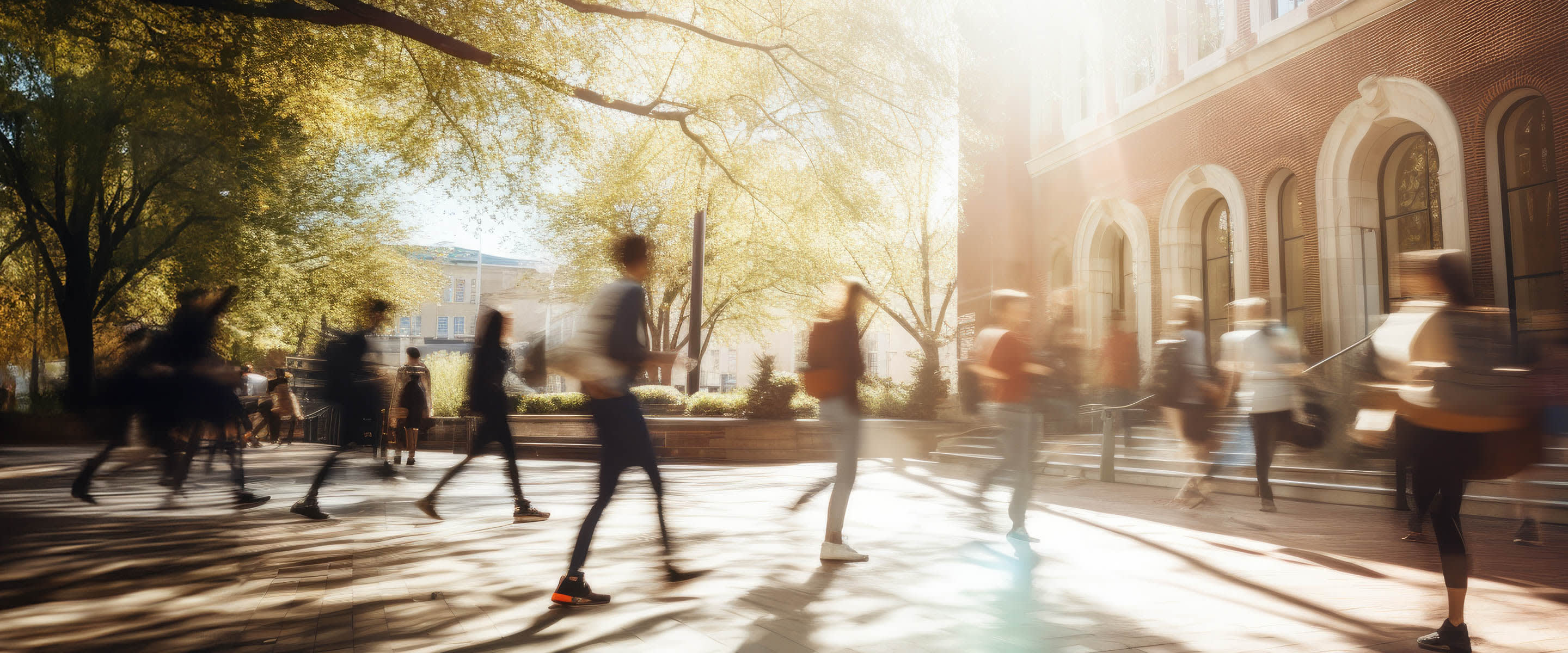The learning environment is transforming, with classrooms no longer confined to four walls but rather shifting to dynamic spaces that are designed to enrich the student and the full campus community experience, with an eye toward sociability, well-being and inclusivity.
The design and function of outdoor learning spaces play an important part in this evolution, where thoughtfully designed furniture has the potential to truly enrich the educational journey for students of all ages by igniting opportunities for engagement and fostering interpersonal connections.
Unleashing creativity and collaboration
School and university settings with outdoor learning areas cultivate an atmosphere of creativity and collaboration. Outdoor furniture arranged in informal clusters creates a relaxed environment where students can converse freely; while furniture formations designed to curve and face inwards can accommodate both group learning sessions as well as casual gatherings, where dynamic interactions among participants is encouraged.
Furniture for every focus
The type of outdoor seating chosen plays a significant role in the learning experience. Modern benches without backrests promotes multi-directional engagement, perfect for brainstorming sessions. Alternatively, options with backrests provide a focused, uni-directional environment for individual reflection or smaller group discussions. These adaptable setups cater to various learning styles and group sizes, fostering equity, collaboration and idea exchange across diverse settings.


A connection to the natural world
Outdoor furniture crafted from natural materials like hardwoods fosters a connection with nature. When designed in organic forms, these pieces seamlessly integrate with the surrounding environment, cultivating a greater awareness of the world around and helping to provide balance in an otherwise technology-centric mode of life and learning.
Flexible and inviting: a space for all
Ultimately, the potential of the outdoor campus lies in leveraging outdoor furniture that creates spaces that are flexible, inviting and support student well-being. It promotes participation, imagination, and the effective use of technology within a natural setting. And by being adaptable, the furniture can facilitate collaborative learning or offer a focused environment for more individualized work.
